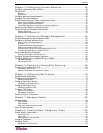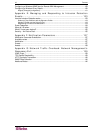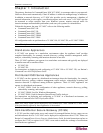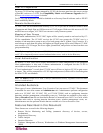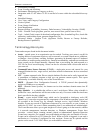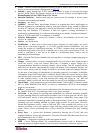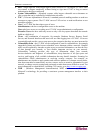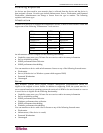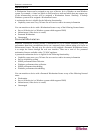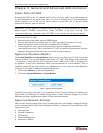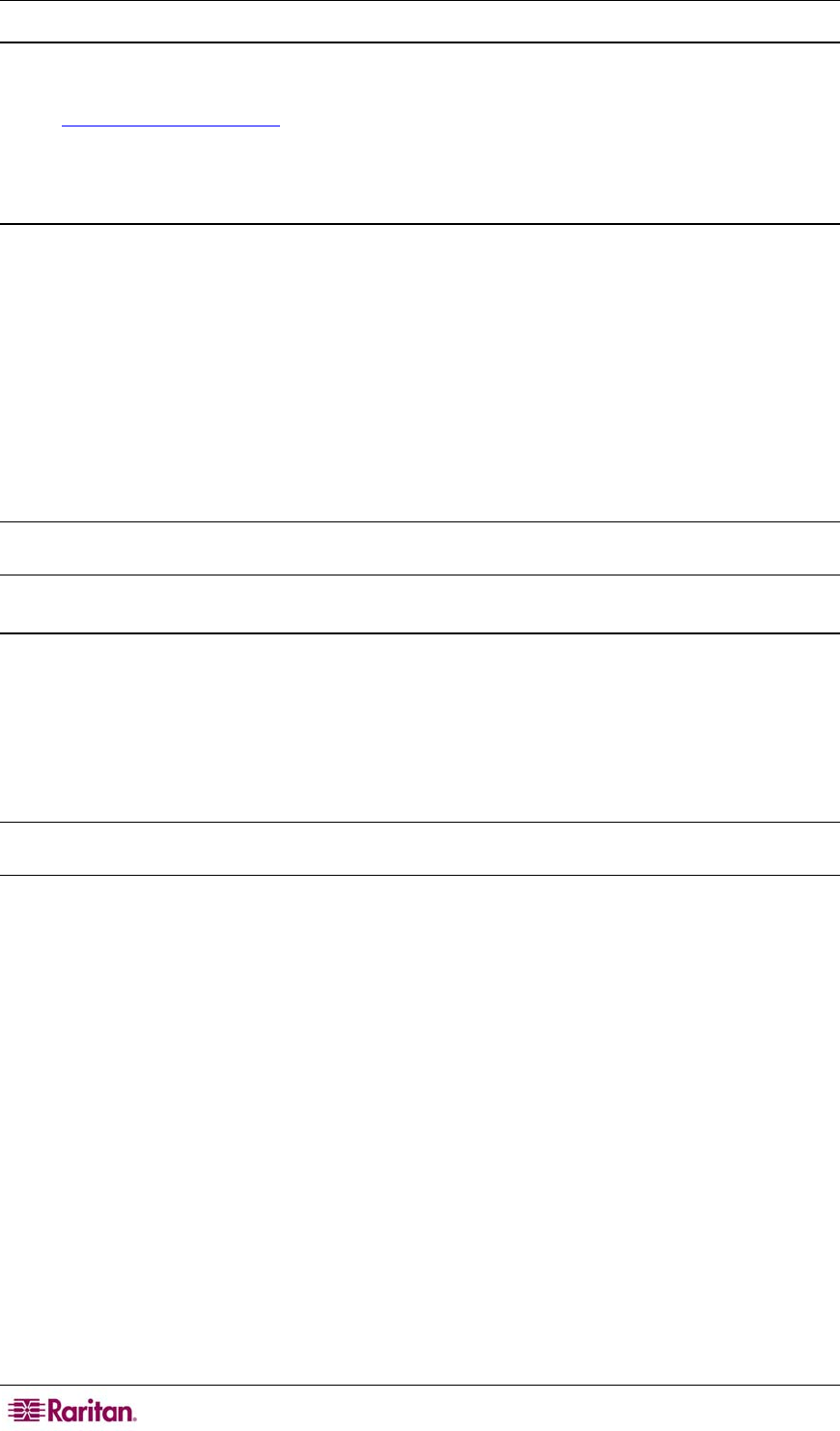
2 COMMANDCENTER NOC ADMINISTRATOR GUIDE
User PC Preparation
To access CC-SG and any targets managed by CC-SG, the browser must have the correct version
of Sun JRE, such as rev 1.4.2.05. See Compatibility Matrix under Firmware Upgrades for CC-
SG on
www.raritan.com/support for details.
For CC-SG, pop-up blockers should be disabled as well as any firewall software such as XP SP2
that is enabled by default.
Remote Authentication
CC-NOC users can be authenticated remotely by CC-SG to provide an enhanced seamless mode
of operation and Single Sign-on (SSO) access to CC-SG targets. With one-click access to CC-SG
and SSO access to targets, a CC-NOC user can move easily between systems.
Mapping of User Groups
With remote authentication, all CC-NOC logins will be securely routed to and resolved by CC-
SG for remediation. The CC-NOC receives the CC-SG user groups the CC-NOC user is a
member of and maps these groups to any of its local groups, that is, Admin, User, Executive. If a
user belongs to more than one group, the highest privileged group will be used. When a CC-NOC
user accesses a CC-SG target, the access rights, permissions, and policies are based on their user
group membership.
Note: Before mapping the groups on CC-NOC, the user groups must have already been created
on CC-SG or imported from an external authentication server, such as Active Directory.
Local Authentication
By default, CC-NOC users will be locally authenticated if remote authentication is not configured.
Local authentication is also used if remote authentication is configured but the CC-SG is
unavailable or if the password was incorrect.
If “local authentication” is used, then CC-NOC users will have to login to CC-SG to gain access
to targets. They will be prompted for a CC-SG login and password, which will be checked against
the local CC-SG user database.
Note: The admin account on CC-NOC is always authenticated locally, regardless where all other
users are authenticated.
Intended Audience
Three types of users (Administrator, User, Executive User) can access CC-NOC. This document
is intended for users who assume an Administrator role. Administrators perform configuration
tasks on a CC-NOC 100, CC-NOC 250, or CC-NOC 2500N, such as configuring intrusion
detection, windows management, vulnerability scans, etc. Tasks that are available to users with a
User or Executive User role are described in Raritan’s CommandCenter NOC User Guide, which
describes tasks such as viewing intrusion detection events, window management events, etc.
Administrators can also perform all tasks that are available to a User or Executive User.
Features Described in this Document
These features are covered in the following chapters:
• Remote Device Monitoring and Polling (automatic discovery of devices, servers,
workstations)
• Single device Discovery
• Traffic Analysis
• Intrusion Detection
• Windows Management of Servers, Workstations via Windows Management Instrumentation
(WMI)



